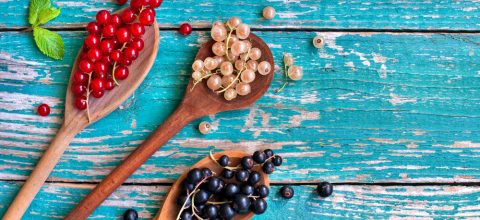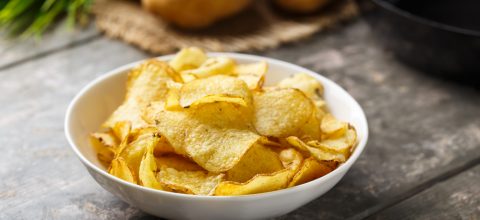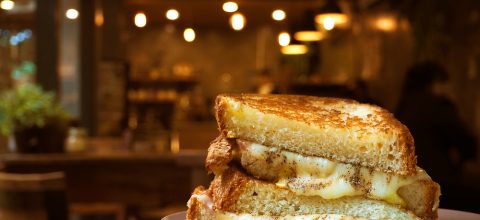Ok, I’m sitting here at 35,000 feet again, writing another issue. I got lost for a second thinking about what I was going to write this time. But, upon reading the in-flight magazine, I found my topic. I saw this article about celebrity juice cleanses advertising $50-$60 a day in juice. What was the deal? The article claims it’s good for both the body and the mind. I started pondering the thought.
I have an ex-colleague of mine who operates three – soon to be four – juice bar/QSR concepts, and we have discussed the merit of juice programs over the years. The former colleague’s business is doing well, and his numbers back it up. His small start up is part of a $5 billion a year pulped fruit and vegetables industry.
Personally, I enjoy fresh-squeezed orange juice and have squeezed plenty of limes for margaritas in my day, but what can the addition of a few other items do? Is there really a benefit from drinking juice for 5 days straight without consuming anything else? I am not looking for the “perfect” celebrity body, but if juice can supposedly clean my system and mentally help me back on the workout routine, then why not? This thought has also become a catalyst to do some research.
As chefs, we all appreciate the value of adding more fruits and vegetables to our dishes. They provide color, texture, freshness and, of course, more nutritive value to a plate. Look at the current trend in restaurant plates, which include lots of little vegetable garnishes, purees, and crafted textures accenting a smaller, well-prepared and sustainably-raised portion of protein. Personally, I don’t regularly cook like that at home. However, I am a huge fan of a side of salad greens simply dressed in good oil, fresh lemon juice and a pinch of sea salt. It is a great digestive. I don’t advocate dessert at home with every meal, but I do insist on some kind of salad. Desserts are for my clients’ menus to help them make the average check go up. Remember, dining out is a luxury, and you should splurge when you take part.
The nutrients and phytochemicals contained in all of the added vegetable, nut and fruit-based ingredients chefs are adding to juice are exciting. From the lycopene in tomatoes to the isothiocynates in green leafy vegetables are all well known. Mentally, I have a hard time consuming them all mixed together in a glass.
Take the case of broccoli, for example. The presence of these isothiocynates are believed to stimulate enzymes in the body that act as detoxifying agents. We add this to our salads, which we can then serve as healthy snacks because they are nutritionally high in vitamins, folic acid and fiber. As a chef who thinks by tasting first, even raw broccoli has a certain array of flavors ranging from bitter to slight acidity and even a low level of sweetness. Blanching the broccoli causes the vibrancy of the color and some of the sweetness to become accentuated. That being said, raw and pulped is not working for my palate. So what are we combining it with when making a juice that would formulate a drink you would want to select instead a cup of coffee or old fashion OJ? Whether I will ever get a broccoli and coconut water frappe is yet to be seen.
As I mentioned, the dining trends you see today – spanning from foraging in your back yard for tonight’s special to the drying and nitro-freezing of vegetables and cooking items to an ash – are based on adding more interesting and dynamic flavors to a plate. I don’t honestly know how many nutrients are left in potato ash after that process, making juice a probably more nutritious option to consider. I have been experimenting in using reduced juices such as carrot, celery and onion as bases for sauces, and for glazing items as a substitute for butter. Reducing juices – just as with reducing stocks to create a glace de veau or glace de poulet – are performed by traditional methods that can be applied in most à la carte operations. So, if I can experiment with some new ideas using vegetables in healthy cooking, why not? I know the juicers and raw foodies are going to say that you lose all the nutritional value when you start applying heat, but I am going to have to choose my battles and make some kind of chef decision for it to be practical in my line of work.
The plan. Contact my friend/ex-colleague who is on the east coast and get a 5-day course. I like to support my friends and the small businesses out there. If that friend can’t hook me up, then I will go online and see what I can find locally. I ripped the page I was reading on my flight out of the plane’s magazine for the list…you know, just in case Blake Lively and Michael Strahan are on to something. Then I will commit to the juice cleanse diet for the full number of days based on the plan I get. Kind of like taking antibiotics, you need to finish the juice prescription for it to be effective. I think it will take a day or two to purge my system and the remaining to acclimate my palate. So here we go!
In the next issue, I will let you know more about the findings of my research. I want to have some answers – and maybe some suggestions – on how you can incorporate more vegetables into your own life or in your cooking. I know there is something in here for healthy restaurant food that is not just the local juice bar or vegan outpost. This is why I am doing this personal experiment in the first place, right?
I admit this is not a highly scientific process, but just one of tasting, reading ingredient labels and doing some research on the benefits of each ingredient. I want to understand the benefits of each ingredient and figure out why they were chosen together. Ultimately, if I can use the same flavor combinations together in different formats, I can then start to think about how we can write better menus with great flavor all while adding nutritive value to a dish.
So, there is the plan for the next month. Thanks for reading. Please remember to “Like” Customized Culinary Solutions on Facebook. If you have any suggestions on what you would like me to write about in a future edition, or if you have a topic on which I should do research, feel free to contact me. Have a great time in your kitchen.
Good Reads
Culinary Nutrition Principles and Applications
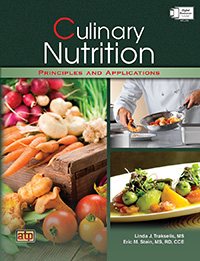 This book was co-written by Eric Stein, one of the new members of the CCS Team. Click here for more information.
This book was co-written by Eric Stein, one of the new members of the CCS Team. Click here for more information.
Sausage
 For the rest of my readers, I didn’t forget. I got this one under the tree and did some research over the holidays. Check it out here.
For the rest of my readers, I didn’t forget. I got this one under the tree and did some research over the holidays. Check it out here.
Beer
A Classic Russian Imperial Stout
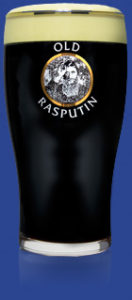
It got its start as a simple porter back in the day. Delicious! Check it out here!
Phytochemicals & Their Sources
Here is a quick summation of phytochemicals and their sources. Take a second to look at what you are putting on your plate.
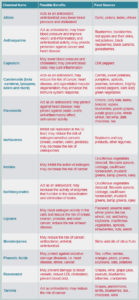
Click here to enlarge the above table.


